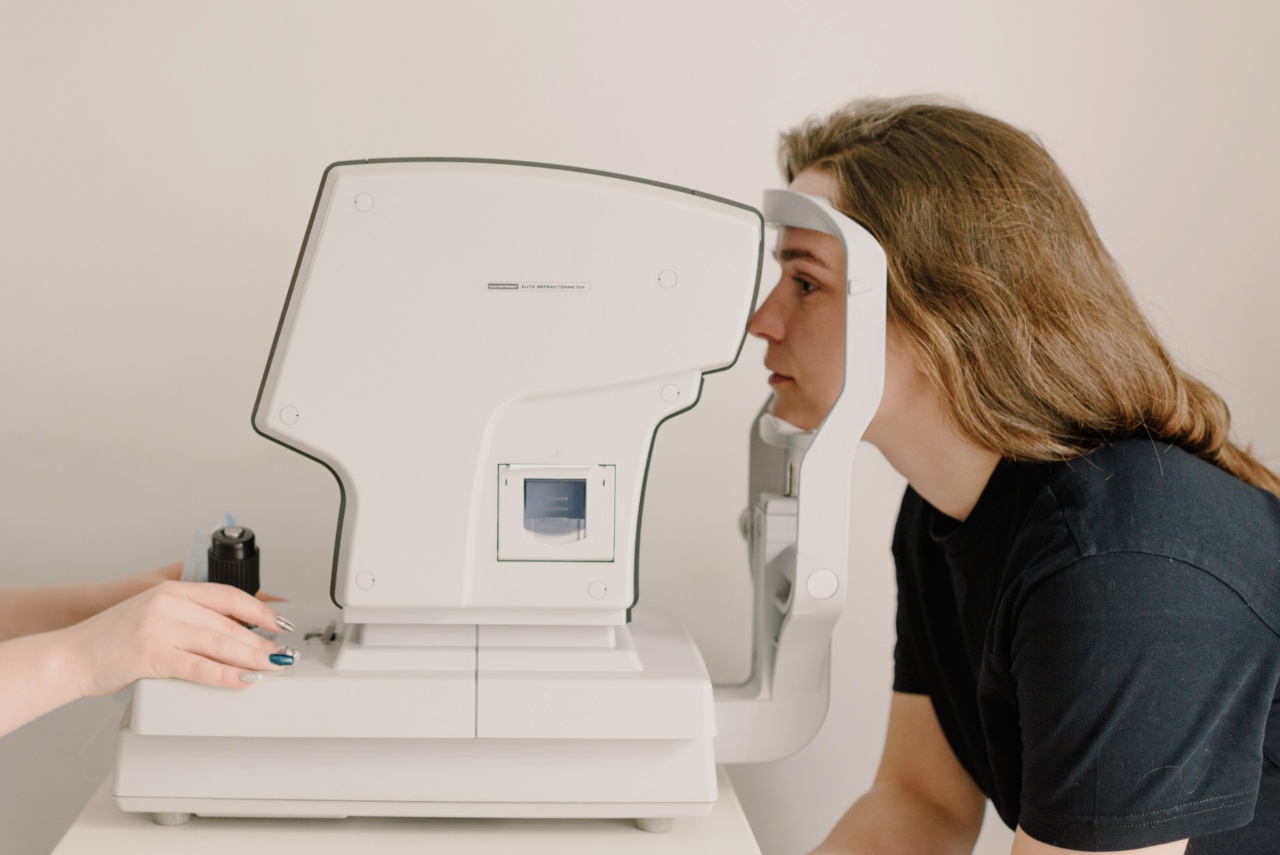Blindness is a debilitating condition that affects millions of people around the world. While there are treatments that can help manage some forms of blindness, there is currently no cure.
However, new research has shown promising results in the use of pine collagen implants to restore vision in blind patients.
What is Pine Collagen?
Pine collagen is a natural protein found in the bark of pine trees. It is similar to the collagen found in human skin, bones, and cartilage, making it an ideal material for medical implants.
Pine collagen is biodegradable, biocompatible, and has a low risk of causing allergic reactions.
How Does the Pine Collagen Implant Work?
The pine collagen implant works by stimulating the growth of new retinal cells in the eye. The implant is placed in the retina, where it releases a growth factor that triggers the regeneration of damaged cells.
Over time, the new cells replace the damaged ones, leading to an improvement in vision.
Results of Clinical Trials
Several clinical trials have been conducted to test the effectiveness of pine collagen implants in restoring vision in blind patients. In one study, 12 patients with degenerative retinal diseases were implanted with the pine collagen device.
After six months, all of the patients showed improvements in visual acuity and contrast sensitivity.
Another study involving 10 patients with retinitis pigmentosa found that the pine collagen implant improved visual function in all patients. Patients reported increased brightness, contrast, and color vision, as well as improved visual clarity.
Benefits of Pine Collagen Implants
One of the main benefits of pine collagen implants is that they are made from natural materials. This makes them safe and well-tolerated by the body, reducing the risk of complications and side effects.
Pine collagen implants can be used in a variety of retinal diseases and disorders, making them a versatile treatment option for patients with different conditions.
Another benefit of pine collagen implants is that they are biodegradable. Once the implant has been used up, it is broken down by the body and eliminated naturally.
This reduces the risk of long-term complications and provides a more sustainable treatment option for patients.
Challenges and Limitations
While pine collagen implants show great promise in the treatment of blindness, there are still some challenges and limitations that need to be addressed. One of the main challenges is the cost of the procedure.
Pine collagen implants are relatively new, and as such, they are not covered by most insurance policies. This can make the treatment prohibitively expensive for many patients.
Another challenge is the availability of pine collagen. While pine collagen is a natural material, it is not easy to extract and refine.
As a result, there is a limited supply of pine collagen available for medical use, which can make it difficult to offer the treatment to all patients who could benefit from it.
Conclusion
Pine collagen implants offer an exciting new treatment option for patients with degenerative retinal diseases and other forms of blindness.
While there are still some challenges and limitations that need to be addressed, the results of clinical trials are very promising. With further research and development, pine collagen implants could become a widely available and highly effective treatment for blindness.




























